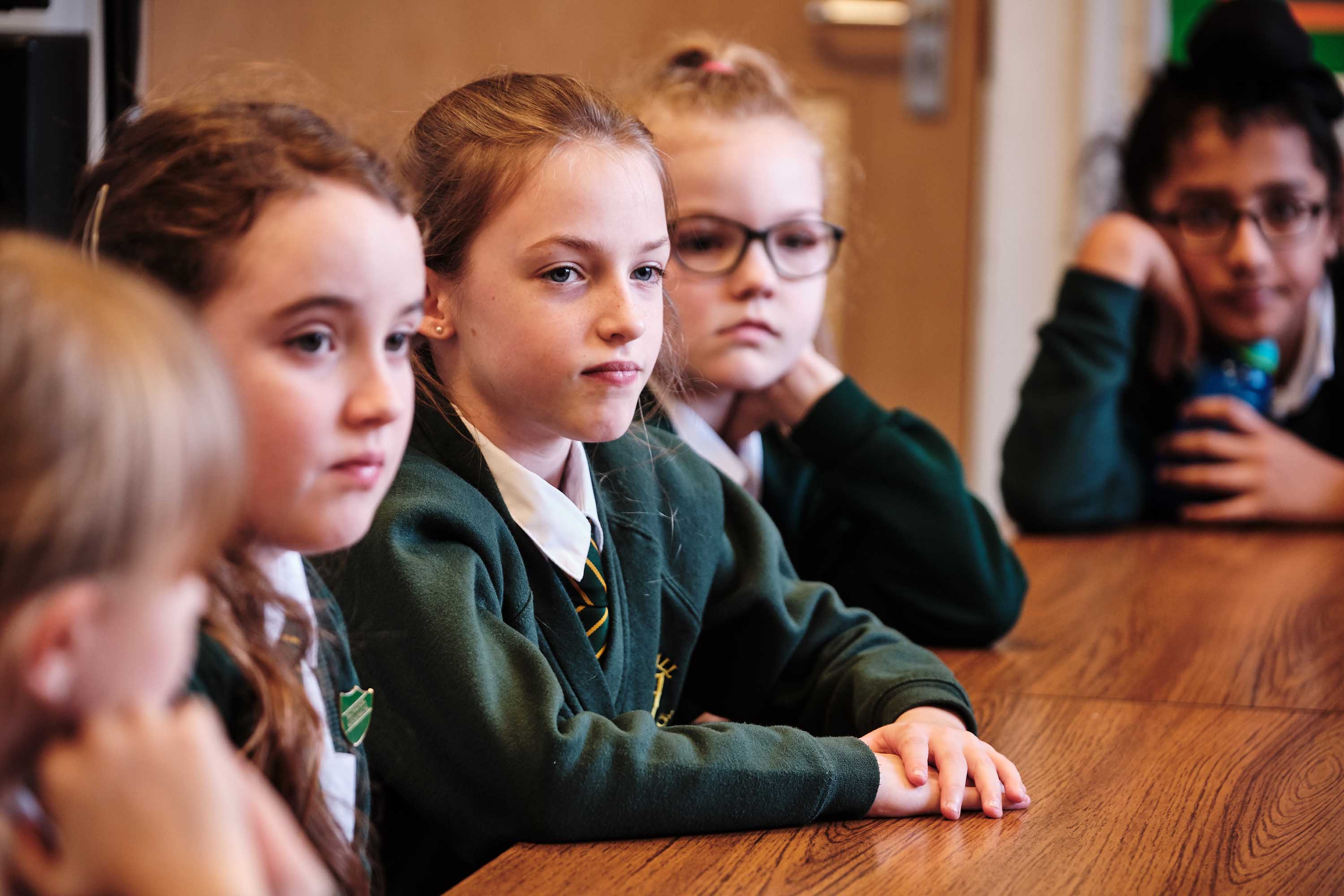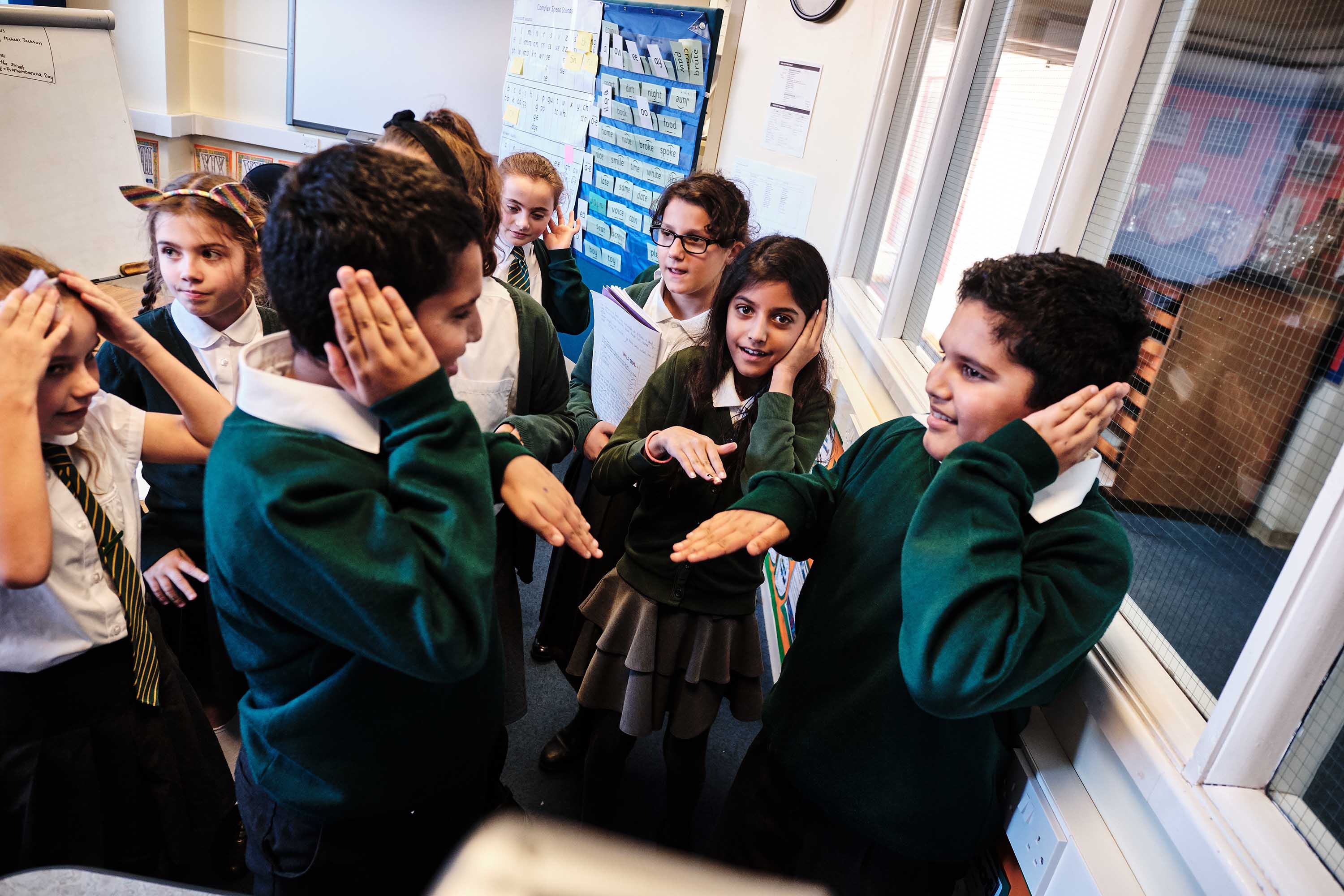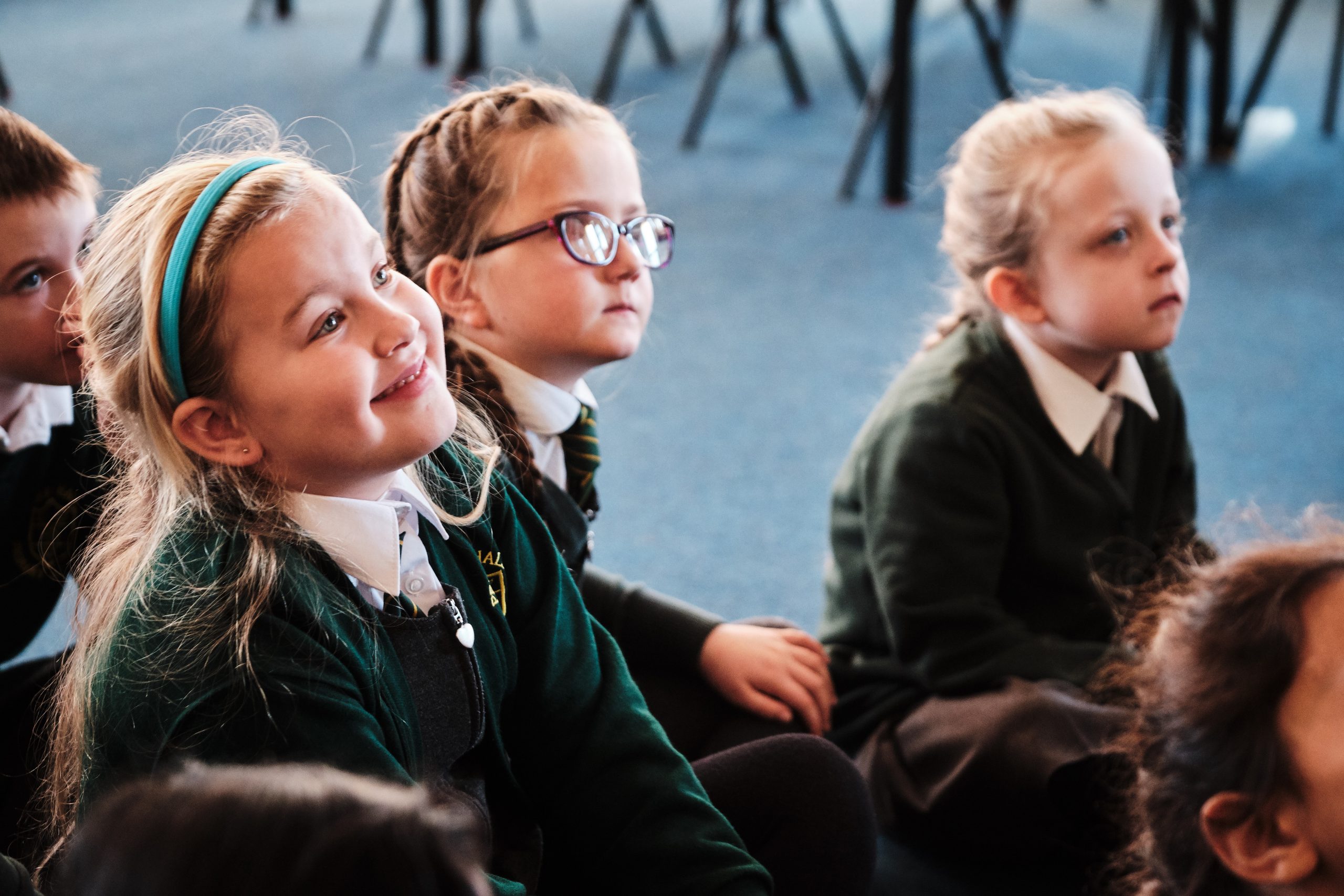English
Subject Leader – MRs ROBINSON
English at Perry Hall
At Perry Hall Primary School, we believe that a strong English curriculum is imperative to driving standards in education. We strive to provide all pupils with exposure to a diverse variety of high-quality texts and stimuli as well as many purposeful opportunities to practise and review key skills across the curriculum.
For us, a good quality English curriculum should foster a love for reading, writing and oracy for every pupil whilst adhering to the requirements outlined in the National Curriculum for English.
At Perry Hall Primary School we work hard to deliver a broad and balanced, inclusive curriculum where every pupil has the right to GROW and achieve their full potential. English lies at the heart of teaching and learning in each subject and we strongly adhere to the principle that English is a significant life skill that is essential to success in school and beyond. We ensure that pupils are able to share their joys and passion for reading with peers and draw from a breadth of literature in their own work. As well as this, we endeavour to offer our pupils with opportunities to become effective communicators who can articulate their ideas both orally and through various written forms.
For our pupils, the study of English develops the ability to listen, speak, read and write for a wide range of purposes, including the communication of ideas, views and feelings. Pupils are able to express themselves creatively and imaginatively and gain an understanding of how language works by looking at its patterns, structures and origins through the study of a variety of text types. Through this deepened understanding, pupils are able to showcase their knowledge, skills and understanding through a myriad of oral and written opportunities across the curriculum.



HOW DO WE TEACH WRITING?
Talk for Writing
At the heart of Talk for Writing, are high-quality texts that support pupils to understand the language structure, tone and formality required in their own writing. Talk for Writing guides pupils from dependence towards independence, with teachers using shared and guided teaching to develop the ability in children to write creatively and powerfully (Pie Corbett).
Through the use of Talk for Writing, we wish to empower children to see writing as a creative subject where language, punctuation and meaning can be woven to paint a vivid picture in their reader’s mind. We want our pupils to value writing opportunities and immerse themselves in building a world through the manipulation of words, phrases and sentences.
Talk for Writing is powerful because it is based on the principles of how children learn. It enables children to imitate the language they need for a particular topic orally, before reading and analysing it in order to write their own versions.
The structure of our writing units is:
- Cold task – (completed at least one week prior to the start of the unit to ensure that targets can be generated, and planning tailored to meet the children’s specific learning needs).
- Creative Hook – used to excite the children and engage them into the writing journey.
- Model Text introduced with a story/text map to support the learning – which has been tailored in light of the cold task.
- Vocabulary focus – vocabulary is discussed with children at every opportunity, exemplified and put into context. Vocabulary is displayed around the environment.
- Oral retelling and immersion of the text
- Comprehension – reading as a reader to understand the text.
- Identifying the underlying structure of the text (Boxing up)
- Sentence level skills work – short burst writing linked to vocabulary, grammar or text structure highlighted from targets.
- Innovation – pupils make changes to the text. They learn, rehearse, and write a new version of the text.
- Independent application – Pupils must have the opportunity to independently apply the skills they have learnt in English and whenever possible be given the opportunity to apply these skills across the curriculum.
- Publishing and celebrating – Children are encouraged to show case their work through different publishing and presenting opportunities. We have regular corridor displays of children’s writing.

At Perry Hall Primary School, we follow the Kinetic Letters programme to teach handwriting. For us, handwriting is a very important part of each child’s development in English as it allows them to effectively showcase their writing intent, take greater pride in their presentation and improve fluency in writing.
-
- Handwriting is taught four times per week and is centred around the following intentions for all pupils that can physically access the programme:
- To have fluent, legible and speedy handwriting that can be performed automatically, so that the attention of the brain is on the content of the writing.
- To have the stamina and skills to write at length, with accurate spelling and punctuation.
- To have greater competency in transcription (spelling and handwriting) and composition.
- To write clearly, accurately and coherently, adapting their language and style in and for a range of contexts, purposes and audiences.
- To have a comfortable and efficient pencil hold and learning position.
The key principles of the programme are:
- Building physical strength underpins handwriting and concentration. This knowledge informs the working positions that children use for writing and the strengthening targets they work on.
- Pupils are not expected to do anything before they are developmentally ready for it.
- The different components of writing are mastered individually before being used in combination.
- Letters are learnt as movements, not as visual shapes, and movement remains central to developing automaticity in letter formation, flow and fluency.
- Posture is important in developing the correct position for handwriting and so children are taught how to organise their working position and paper position to enable comfortable and fluent writing from the start.
- Correct pencil hold is taught from the start (ie as soon as a tri-pod grip is developmentally appropriate).
- Reading and writing are reciprocal processes; strengthening handwriting skills will support reading and writing development.
-
Click here for more information and videos about how to support your child with their handwriting.
HOW DO WE TEACH READING?
Early Reading
Early Reading is taught daily through the use of synthetic phonics as the initial and most important approach to the teaching of reading. The Read Write Inc. programme supports the teaching of phonics, reading, writing and spelling, through the use of a systematic approach, across Reception and Year 1 and supports targeted learners to keep up in subsequent year groups. We support every pupil, who is at the beginning of their English language journey, to read with confidence, develop a love of reading and apply their skills competently to writing. We aim to ensure that all pupils:
-
-
- Decode letter-sound correspondences quickly and effortlessly, using their phonic knowledge and skills.
- Read common exception words on sight.
- Read aloud with fluency and expression.
- Understand what they read.
- Write confidently, with a strong focus on vocabulary and grammar.
- Spell quickly and easily by segmenting the sounds in words
-
Read, Write Inc Phonics
At Perry Hall Primary School, our children’s reading journey commences through Read, Write Inc Phonics. We start this journey in Reception, and we aim for children to complete phonics by the end of Year 1.
Understanding Phonics
How to say the sounds
What is sound blending?
Reading in School
At Perry Hall Primary School, we continue our hard work and determination to see all pupils succeed as proficient readers through a well-sequenced, skill-based reading approach from Year 2 onwards. We are dedicated to enabling our pupils to become lifelong readers and we believe that this is the key to academic success. Regardless of background, ability or additional needs, we want all children to become fluent, confident readers who find great joy in books. Our reading programme seeks to enhance children’s fluency and comprehension and equips them will the skills needed to succeed with their learning in reading lessons and beyond. Reading is the pre-eminent component of all lessons and children gather knowledge and skills through many given reading opportunities.

Home Readers
Your child will be sent home with a reading book within the first weeks at School. These initially will start as picture books before moving on to books with words in. We have a range of books on offer to our children and we encourage them to start to change their book regularly and independently as they move from Reception into Key Stage 1.
Home reading books are sent home to be shared together and at an appropriate and comfortable reading level. We encourage children, with the support of their parents, to record what they have read in their home reading record. Children will be heard read within school at least once a week individually.
